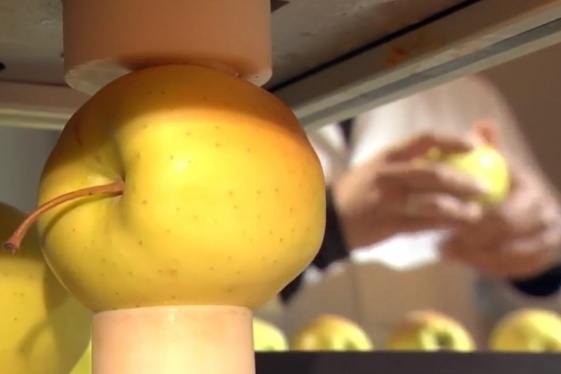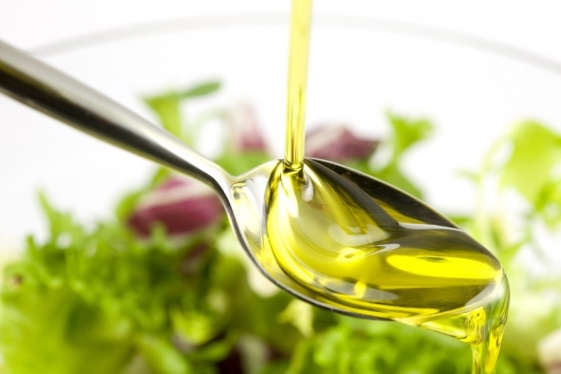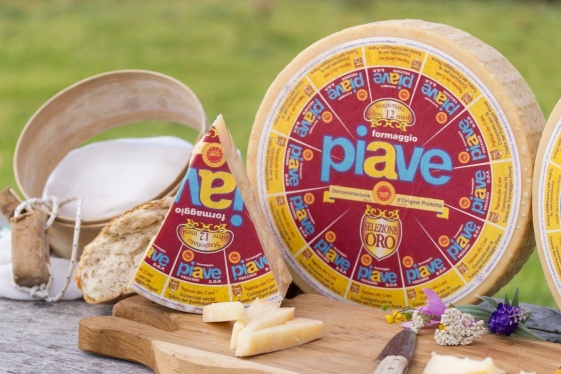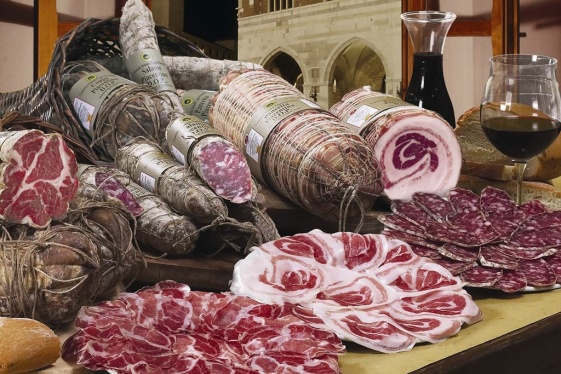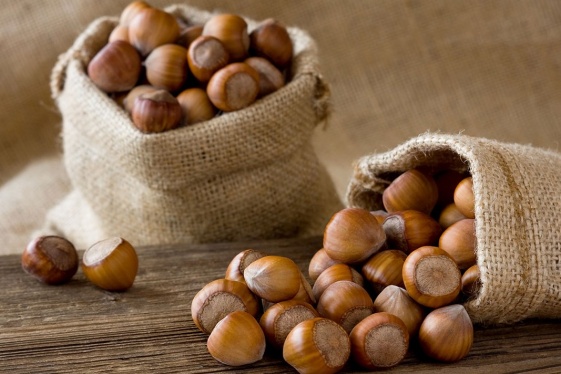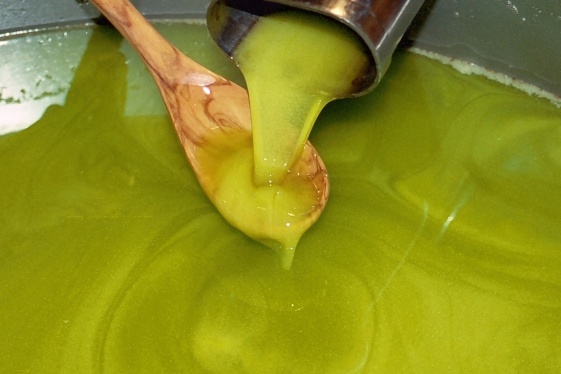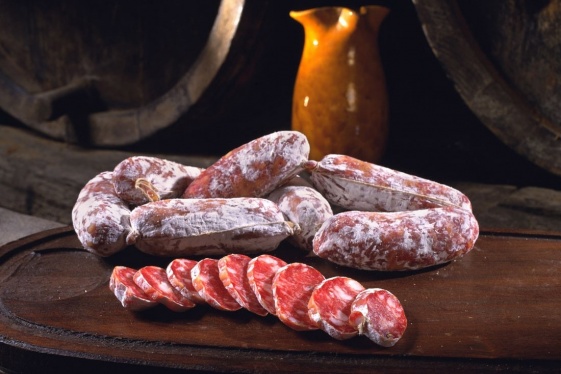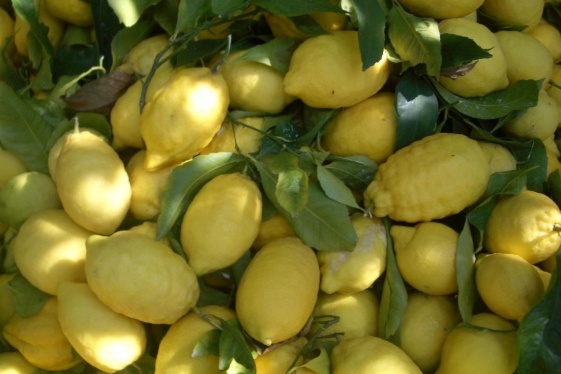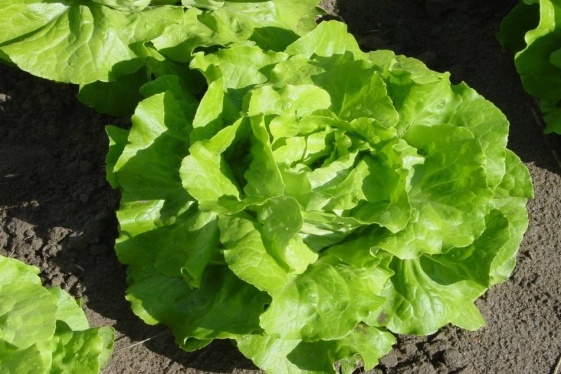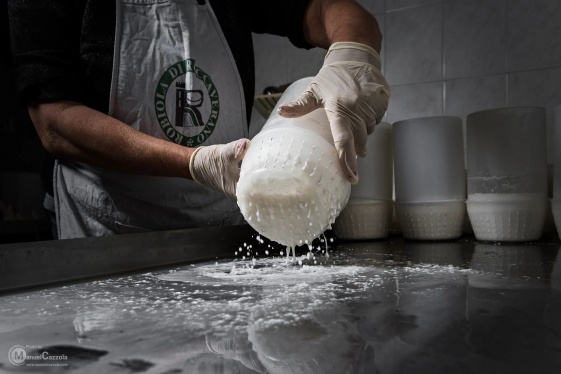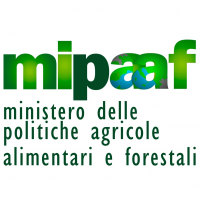
MIPAAF
The Ministry of Agriculture and Forestry (Ministero delle Politiche Agricole Alimentari e Forestali – MIPAAF) develops and coordinates the lines of agricultural, forestry, agri-food and fisheries at the national, European and international level. http://www.politicheagricole.it/
Italian flavors: Alto Adige Apple
The alpine apples of South Tyrol have been sustaining the local economy for hundreds of years and are an important part of the area’s tradition and culture. For many centuries, apple trees were planted around farmsteads and the apples were eaten by rural families. These “orchards” provided valuable food and also enjoyed special legal protection. T...
Italian flavors: Brisighella Oil
The history of oil in Brisighella has ancient roots, and the rudimentary family oil mill discovered in the excavations at Pieve del Thò dates back to the first century A.D. In 1594, Andrea Giovanni Callegari, Bishop of Bertinoro, stated the following in reference to the Lamone Valley: “The air, the water, the wines, oils and fruits are so good and...
Italian flavors: Piave Cheese
Since ancient times, the mountains of Belluno have provided an ideal natural setting for breeding dairy cattle and for dairy production. The first cooperative dairy in the Kingdom of Italy was established in Canale d’Agordo in 1872. The idea of grouping small local farmers to process their milk in a single cheese dairy, thereby reducing production...
Italian flavors: Coppa, Salame and Pancetta Piacentina
In Europe, the tradition of eating pork meat stretches far back into antiquity, as pigs were an animal that was easy to rear in a domestic environment, they were rich in fat and delicious meats and reproduced quickly. In the second half of the nineteenth century, some pig bones excavated from archaeological sites in the Po Valley corroborated the...
Italian flavors: Rotonda White Beans
Always present in the rural tradition of the Mercure Valley, white beans have played a major role in the agricultural history of the local populations. An 1852 publication by the Kingdom of the Two Sicilies speaks of the cultivation in the area of “graminaceous, leguminous and filierous plants” and specifically mentions the "bean, and this is sever...
Italian flavors: Piemonte Nuts
The hazelnut, widely found in all temperate regions of the northern hemisphere, was one of the first fruit trees to be used and cultivated by humans, providing an important source of energy for early nomadic populations. Research carried out in past years has shown that the hazelnut was already present in the historical cultivation areas of Piedmon...
Italian flavors: Terre di Siena Oil
Olive cultivation has deep roots in the area around Siena, and the olive tree can be found in Tuscan works of art and paintings from the late Middle Ages on. There are also texts from the sixteenth and seventeenth centuries that mention the presence of olives over a large part of the hills near Siena which enhanced the magnificent landscape. In his...
Italian flavors: Ricotta Romana
The first historical references to the Roman ricotta cheese date from the description of cheese-making techniques provided in “De re rustica” by the Roman agronomist Columella in the 1st century BC. In those times, sheep's milk had three uses: the first religious, the second alimentary, as a food or drink, and the third to make both fresh and aged...
Italian flavors: Cacciatora Salami
The name “Cacciatore” (hunter’s style) derives etymologically from its original use in the rations that hunters carried in their knapsacks during their trips. The history of the product developed hand in hand with the evolution of the rural culture typical of the regions of the production area, which provide the raw material that is processed accor...
Italian flavors: Amalfi Coast Lemon
The Amalfi Coast represents a mirabile example of how the agricultural landscape can characterize a geographic area. The sweet degrading of the terraced gardens with lemon groves, the evocative contrast of colors between the green of the leaves and the blue of the sea, the penetrating scent of zagare (lemon blossoms), make the Amalfi Coast a unique...
Italian flavors: Lusia Salad
The first documents that speak of horticulture in the Lusia area are several handwritten notebooks dated 1930. The term “insalata” is used, which at that time still meant either lettuce or endive. But, in 1933, the words “latuga” or “salata” appear meaning "Cappuccia lettuce”. The post-war period, characterized by destruction and famine, provided a...
Italian flavors: Robiola di Roccaverano
The origins of Robiola di Roccaverano date back to the Celtic-Ligurian period.Its name recalls the Latin term “robium”, referring to the reddish colour of the outer part of the cheese, and the name of the town of Roccaverano in Asti, where this product originated. A manuscript signed by the priest Pistone in 1899 relates the history of the parish o...



